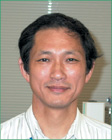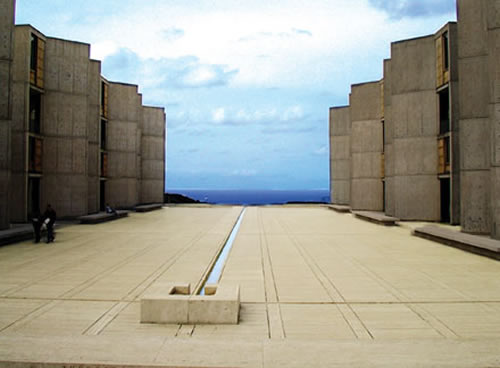When I was requested to write for BSI News, I decided to report on my tour of overseas support facilities last fall. Unlike my previous overseas trips to attend academic meetings, the trip last year provided me with the opportunity to visit several places in a short span of time. The trip was timed around my attendance at the 34th Meeting of the Society for Neuroscience (USA) in San Diego, so I could visit several research facilities on the West Coast. After examining reference materials provided by Dr. Chitoshi Itakura (Group Director, RRC) that he collected after having visited animal experiment facilities and scouring the Internet. I selected 10 research facilities in San Francisco, Santa Barbara, Los Angeles and San Diego. I had two traveling companions, a managing director and a divisional manager of the Brain Science and Life Technology Research Foundation.
The ten day itinerary included visits to two facilities a day, plus two days at the Neuroscience meeting. This tight schedule included several trips aboard piston-engine aircrafts, including on pre-dawn take-off. A colleague remarked that “It’s cool to be like an international businessman,” but I did not share his feeling.
Of the research support facilities we visited, none provided centralized support with the same equipment as RRC. However, the research facilities located on fairly compact campuses such as the Stanford Research Institute (SRI), Caltech and at the Salk Institute, research support operations were found in the same or in adjacent buildings. Their level of convenience seemed to be almost the same as at RRC. At larger universities with campus areas of two or more square kilometers, a single faculty seemed to occupy a very large area which created inconveniences. Installing a common support facility for all of the research operations at a single location was not feasible. Instead support-related rooms closely related to individual projects of a given department were placed throughout the campus.
Little innovative among the commercially available equipment in the research support facilities could be seen; however, in those facilities that owned more than one system form the same function, careful attention had gone into operation layout. For example, the facilities that owned seven DNA sequencers or twelve LC-Q (mass spectrometer) units, had arranged their equipment based on function and heat generation. These observations may provide useful reference points when making arrangements at RRC, especially as the increasing amount of equipment increases demands for space and location. Many interesting pieces of unique handmade equipment were also available. I saw a handmade processing system that can handle 24 samples at once that beat the $100,000(US) commercial processor that can process only 4 samples. A jerry-rigged dispensing robot was also available. It was only recently replaced. To my eyes, these are the products showed the genuine enthusiasm by the persons conducting research.
These research support facilities were led and supervised by highly skilled technicians or and field specialists. This clearly showed the value of training and development of the human resources that maintain the operations at RRC. My attention was not focused solely on the research support facilities. I also observed the West Coast campuses in general. Each campus seemed to be located in scenic areas that created a pleasurable experience. I felt like I was really traveling along the West Coast. At UC Santa Barbara students were suntanned in winter, walking around in short-sleeved shirts and shorts. For a moment I felt that I was in a resort. Salk Institute was designed by Louis Kahn. At first glance its buildings do not feel like research facilities, but more like a modern art museum. Standing in front of a large deck sandwiched by two of its buildings, the perspective magically created a very impressive landscape that seemed to extend the campus extended far beyond the ocean.
I intend to take my observations and experiences and incorporate them into efforts to further develop the operations of RRC.







